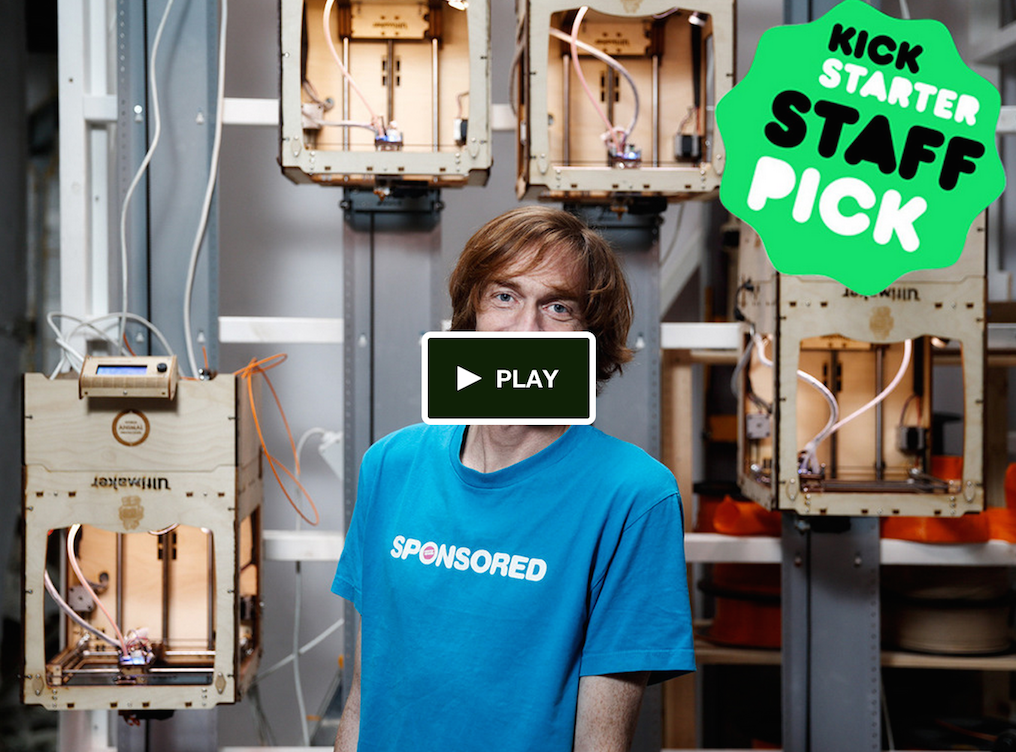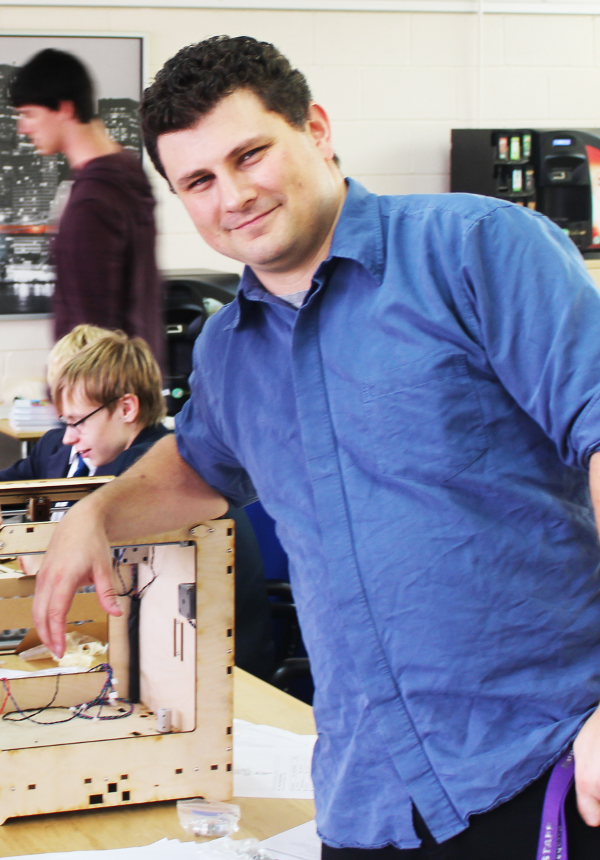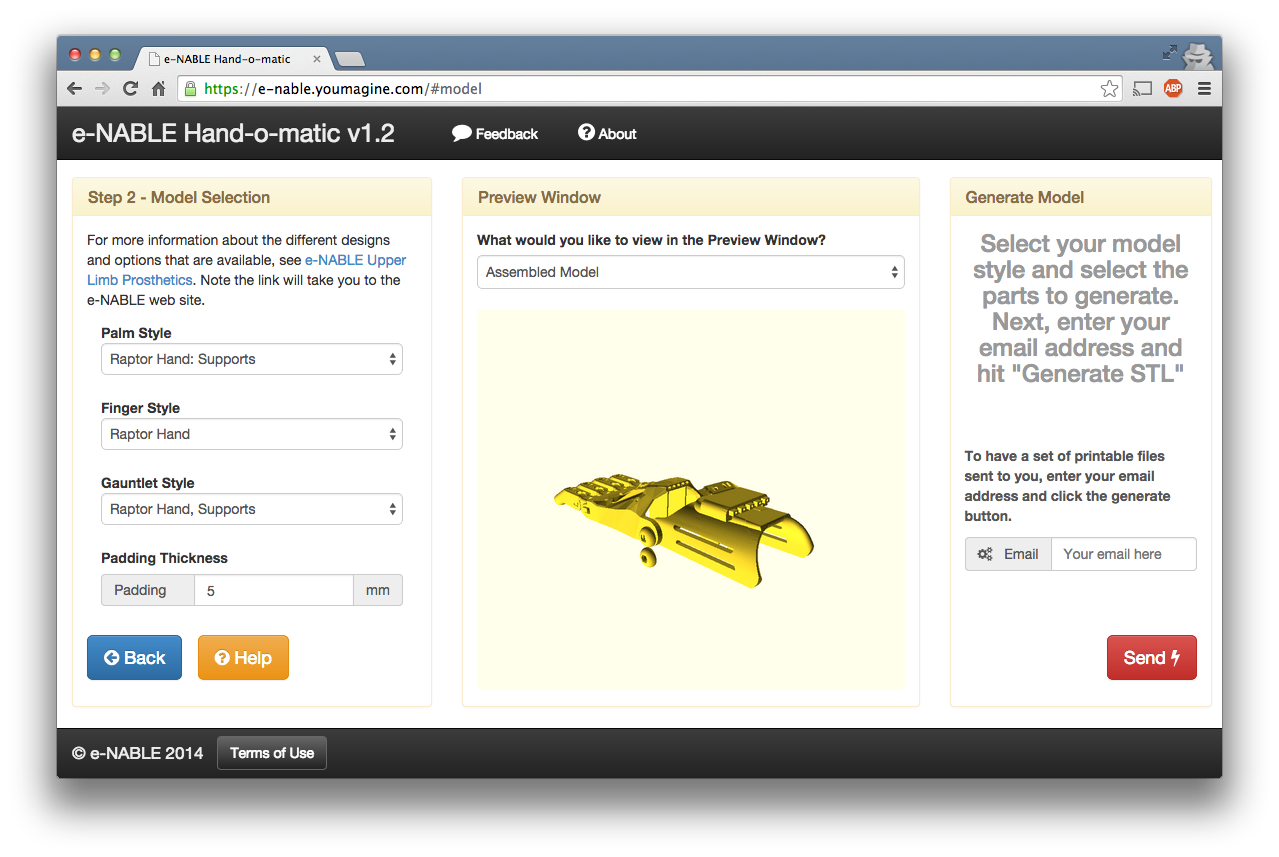Projects and 3D printing companies like Ultimaker and Printrbot who share their design files online (1, 2) allow anyone, without having to ask, to think of improvements and actually implement them. Whether it’s a little tweak or something that turns the whole printing experience upside-down is up to you.
Joris van Tubergen is someone who does exactly that, on a regular basis.
Printing bigger, faster, in a different way and with sweet new materials or new appearances has always been Joris’ trademark. He started experimenting with an existing Ultimaker allowing it to print huge objects, like this elephant:
Z-Unlimited – now on Kickstarter – allows you to print much bigger things than the 3D printer that makes it. How? Joris van Tubergen an out-of-the box thinker with a mentality that an Ultimaker is a device that can be changed to do exactly what you want it to do. He put the Ultimaker upside down, pointed the printhead outward again and let it lift itself up while printing.
You might ask, who is Joris, how does it work and how can I start printing like this? We will have to make it happen together, because Joris needs your support! You can back it through Kickstarter and get your own Z-Unlimited:
Want to know more about Joris? Did you know that he…
- makes regular appearances on Dutch TV?
- played a pivotal role in creating the Kamermaker with DUS Architects and Ultimaker,
- prints challenging prints more easily because he’s not afraid to hack some GCode parsing scripts together with programming Blender, even though he’s not a programmer by education?
- the 3D printed elephant actually had tiny names inscribed into the surface, part of the huge 3D model?
- works for the legendary FabLab “Protospace” in Utrecht, as the first Lab manager on site. Joris helped make the first RepRap and Ultimaker workshops possible, even before Ultimaker existed.
- made the Fairphone + 3DHubs Phone covers possible?
- has published most of his 3D creations on YouMagine? Check out his profile here.
- applied Augmented Reality with QR codes to his 3D printing (yes, lots of buzz words!)
- embedded the source code of a 3D object into an RFID chip, physically embedded into the printed object. Source code inside!
- And even more about Joris here…
It’s not secret: We’re big fans of Joris and all other makers that are redefining what 3D printing is! We’d love to see what he comes up with next!


















